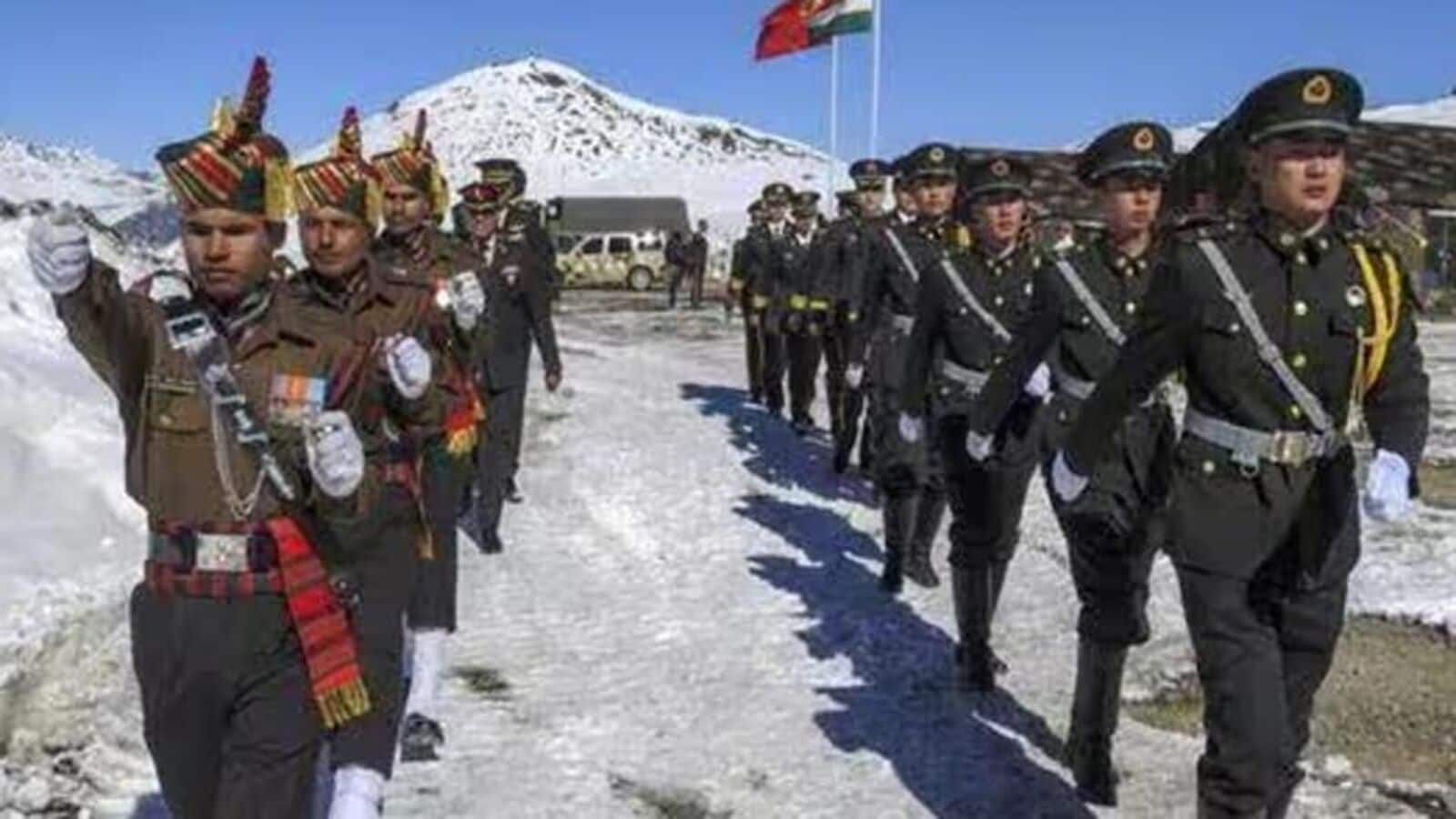The agreement between India and China on patrolling arrangements along the Line of Actual Control looks like a breakthrough, strategically announced at the time of the BRICS summit. It not only opens up possibilities for disengagement and de-escalation of hostilities with China, but also for renewed economic cooperation and the space for diplomatic manoeuvring for India, specifically at BRICS, and more broadly with Russia and the US.
However, remember that the patrolling agreement is only the first step. Much still remains under wraps, and India needs to pay closer attention to Chinese strategic thinking to get a sense of how this will influence the trajectory of India-China relations.
Significant first step
The patrolling agreement is the first significant step toward a comprehensive border management approach. Disengagement and de-escalation come next. The public details of the agreement are still sketchy. However, as reported, if there is agreement on the Depsang Plains and Charding Nullah in Demchok, it is a significant step forward.
Until a year ago, the Chinese were reluctant to even discuss these areas while they agreed on disengagement at other friction points. A pre-2020 position will be strategically pertinent from India’s standpoint, but the translation of this position into finer details of patrolling, which includes both deployment and positions on buffer zones, hinges on how both sides are able to build trust.
Also Read: Mint Quick Edit | Can a thaw over the LAC restore India-China ties?
Economic benefits
While the military-strategic implications will take time to unfold, the agreement does immediately open up the sphere of economic cooperation. Bilateral economic cooperation, even in competing scenarios, can go a long way in building robust partnerships. India will accrue economic benefits through foreign direct investments (FDIs), and related instruments. However, such gains need to be evaluated through the strategic chessboard of Chinese philosophy and strategy that remains its bedrock for both engagements and entanglements.
The key point is economic partnership can prove to be strategic ploy that constrains India’s tactical moves militarily, and create a mirage of normalcy that is innate to Chinese strategy of deflections from the core issue. That is why it will be crucial that the details of the border patrolling agreement are made publicly available.
Even if the border agreement tactically means temporary rapprochement, it allows India more diplomatic space to navigate its relationship particularly with US
Building global south solidarity?
The timing of this announcement is significant as it provides insights into why, despite scepticism, even this limited thawing is a step in the direction of building, and reinforcing global south solidarity both for India and China.
The agreement needs to be read as sending a strong message to the West and its allies on two important counts. First, it demonstrates the willingness of key powers like India and China to strengthen multilateral platforms like BRICS. There is growing recognition on both ends that an absence of dialogue on key bilateral issues like border issues, could adversely overshadow both China and India’s pitch for Global leadership, and their capacity to manage disputes. Second, India has been in a tight spot vis-a-vis its relationship with both the US and Russia in the wake of the Ukraine War. While it has been unabashed about its special relationship with Russia, even to the dismay of the US and its allies- it also recognises that the no-bar alliance between Russia and China impacts India- Russia strategic alliance.
Even if the border agreement tactically means temporary rapprochement, it allows India more diplomatic space to navigate its relationship particularly with US, especially in the wake of growing double talk, as witnessed in India-Canada spat. Thus for India strengthening the voice of multilateral platforms like BRICS, is definitely a strategic choice, in the interest of its own pitch for strategic autonomy.
Also Read: India-China border chill may thaw slowly, FDI bar to stay
The condition-consequence approach
Overall, it is important to read the implications of this agreement through what scholars on grand strategy and Chinese philosophy classify as the ‘condition -consequence’ approach.The approach argues that for something to be realised effectively, it should come as a process and prescribes policies that are implemented long in advance of an issue.
The approach, in many ways, can provide strategic insights to policy makers in India. While we open possibilities for renewed economic cooperation on the parallel count of limited de-freezing of border issues, it might be a strategic ploy to create conditions for economic dependence, which in the Chinese way of thinking would mean strategic entanglements that potentially can limit the space for manoeuvring by the adversary. Or, in the words of Sun Tzu: “The supreme art of war is to subdue the enemy without fighting.”
It is best that India only slowly warms up to the Chinese moves, and treads without shedding military and diplomatic caution.
Shweta Singh is associate professor, department of international relations, South Asian University
#IndiaChina #border #patrolling #agreement #early #shed #caution



